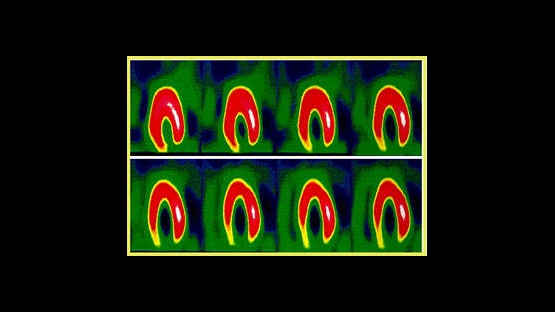Nuclear medicine techniques have progressively become important tools in the fight against heart disease. They are key players in the management of coronary artery disease. These techniques are also useful in the management of renovascular hypertension and diagnosis of small vessel disorders affecting the kidneys, heart, and intestinal tract in patients suffering from diabetes, scleroderma and a host of other chronic diseases.
In recent years, many nuclear medicine techniques have matured to a point where are now regularly being used in routine clinical practice all over the world. Hence, cardiovascular nuclear medicine has been established as a major investigative tool worldwide.
The practice of nuclear medicine techniques, however, is only beginning to gain ground in developing countries.
An international symposium taking place 27-31 May in Beijing, China will evaluate the current status of cardiovascular nuclear medicine worldwide, particularly in developing countries. The symposium is being organized by the IAEA in cooperation with the World Federation of Nuclear Medicine and Biology, Asia & Oceania Federation of Nuclear Medicine & Biology, Asia-Pacific Society of Nuclear Cardiology, the Chinese Society of Nuclear Medicine, and the American Society of Nuclear Cardiology. It is expected to bring together leading clinicians, cardiologists, cardiovascular surgeons, and scientists from developed and developing countries world to exchange information on the current advances in the field and define future directions - as well as the IAEA's role - in the promotion of cardiovascular nuclear medicine.
The Symposium will cover topics and issues on all aspects of cardiovascular nuclear medicine through a number of plenary lectures, proffered papers, poster presentations, panel discussions and interactive audiovisual sessions.
The full texts of presentations made and of posters displayed at the Symposium will be published in a special issue of the World Journal of Nuclear Medicine.


